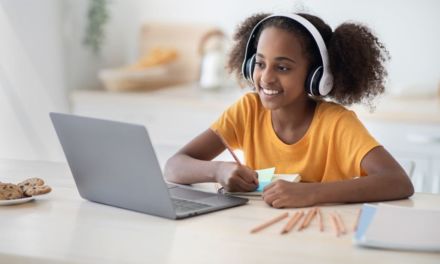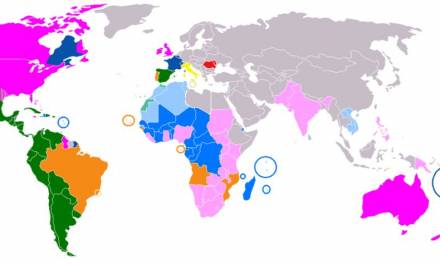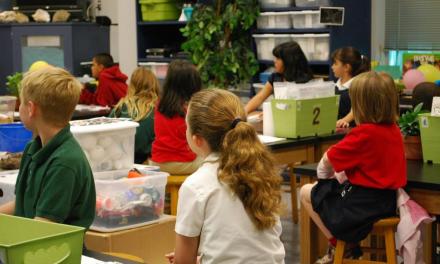Whilst every year the media applauds those who attain incredible achievements with their GCSE or A level exams, there are many students left in the shadows who are unable to even dream of attaining similar success or may not be interested in attending school.
For many who fall into this category, a disadvantaged background is almost certainly a key element in the issue, there those who require assistance to learn even the most basic literacy and numeracy skills and there are those who become bored because they don’t feel challenged.
Students such as these – those classified as ‘hard to reach’ don’t benefit from having to sit still for a long period of time, listen to a long, teacher lead audio lesson or to simply sit and read their textbook. Direct instruction is of little benefit to these students, they are simply disengaged due to their life outside school or because of in-school situations which has led them to choose not to engage.
Merely changing content is not the solution. Differentiation is the key. Reading and writing will always be essential as communication tools in society, but new literacies such as technology and information sharing are now becoming just as important.
It is important for a shift in schools so that they look to embrace the more traditional communication skills and blend in the new technologies. This helps to provide a flexible, empowering environment for students to connect classroom learning with the outside world. Classrooms need to be relevant.
Computers are an integral part to the lives of most children and many now find that they can revise much more easily if they write their work or notes on a computer rather than by hand. If this is the case i.e. if students will work harder if the method of gathering information is more accessible, moves should be made to make the provision rather than denying the opportunity by insisting on work being hand written.
Providing a computer to a hard to reach learner could mean the difference between producing no work at all and them deciding to use technology they enjoy to be able to enjoy greater success than ever experienced before.
Whilst phones are part of the lives of most students, don’t automatically demand they are handed in. An activity such as sending a single text to a friend in the class describing the last chapter they have read or a summary of the topic of the lesson is fun because they have to think about how to fit it into a set number of characters. This will also affirm learning as they will have to remember the classroom work previously carried out.
Many, if not all of the class will already hold social network pages, but challenging them to create one for a character relevant to a book being studied or perhaps how a classical writer such as Shakespeare comment on a video on You Tube combines essential learning, communication skills and the use of current media and also helps those with limited access to technology when they are in their home environment.
Whilst media and technical tools of modern technology won’t transform struggling and disengaged students overnight into academic successes or powerful thinkers it will help to give them a platform to build their current skills and to help them to hang curriculum learning on a medium they already enjoy using.
The key to opening the mind of disengaged learners is about creativity, media-rich communication and collaboration and when a teacher integrates these elements into a lesson, there’s no need to change the content as the power is in the process of the way these students learn.










